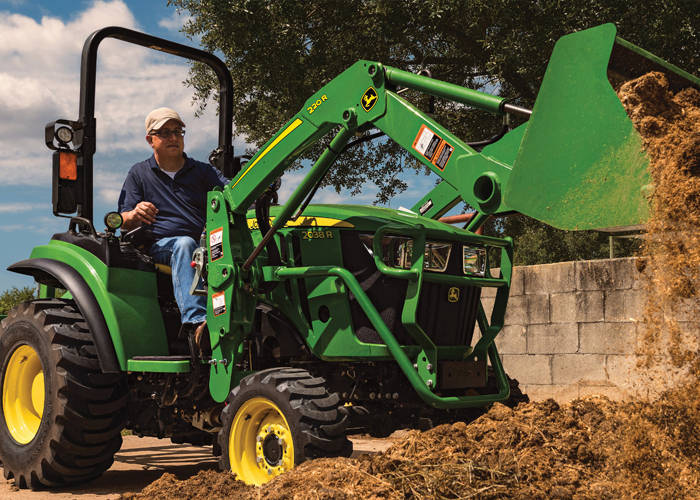Randolph County, Ind.’s Bob Chalfant and his son, who are also Reynolds customers, are doing what was once told couldn’t be done.
Chalfant has been an early adopter throughout his farming career. In 1987 he was farming with his father, Lee, and his brother Tom. They no-tilled a 37-acre field of soybeans, liked what they saw, and promptly had an auction for their conventional tillage equipment.
Fast-forward a few years. For next spring, Chalfant’s son Ryan is putting together a corn planter that will automatically vary varieties and populations, based on a sensor that tells the planter the soil type, amount of organic matter, moisture, soil temperature and amount of residue in the row.
About eight years ago, Chalfant and his son tried cover crops, and have been planting them on 100% of their acres for the past six years. Some are drilled while some are flown into standing crops. They’ve added some wheat to their corn-soybean rotation to help improve their carbon-to-nitrogen ratios. And they are currently in the process of installing pattern drainage on their farms. While these practices have helped the Chalfants achieve better and more consistent yields, their focus is on the long view of building their overall soil health.
The Chalfants farm by soil type-based management zones, developed using soil electrical conductivity data and ground-truthed soil variation mapping, which is proprietary technology of Reynolds Agronomy. This service is part of Reynolds Farm Equipment, Fishers, Ind., with locations in Indiana, Ohio and Kentucky.
Chalfant describes Randolph County as basically a clay-loam county. From 2016 to 2018, all but one of 14 zones in two sample fields from the Chalfants’ home farm showed increases in soil organic matter, up to a maximum of 1.2% in one zone. The average increase in soil organic matter for one field was 0.5%, and the other was 0.33%. The darker soils in the fields now average 4.8% soil organic matter, while the lighter soils average 3.3%.
To obtain these results, composite soil sampling was used within the zones, and core locations were recorded and duplicated. All fields received a regular fertilizer program, plus some gypsum. Mark Truster, managing agronomist with Reynolds Ag Technology Solutions Department, says the Chalfants are definitely improving their soils with no-till and cover crops.
In a two-year period, from 2016 to 2018, almost all their organic matter levels have risen, and most of their CEC calculations have risen also. This is real progress in a short time. Bob and Ryan have raised their organic matter levels to some of the highest we see in central Indiana.
Mark Truster, Managing Agronomist, Reynolds Ag Technology Solutions
Credit: Darrell Boone – Indiana Prairie Farmer

